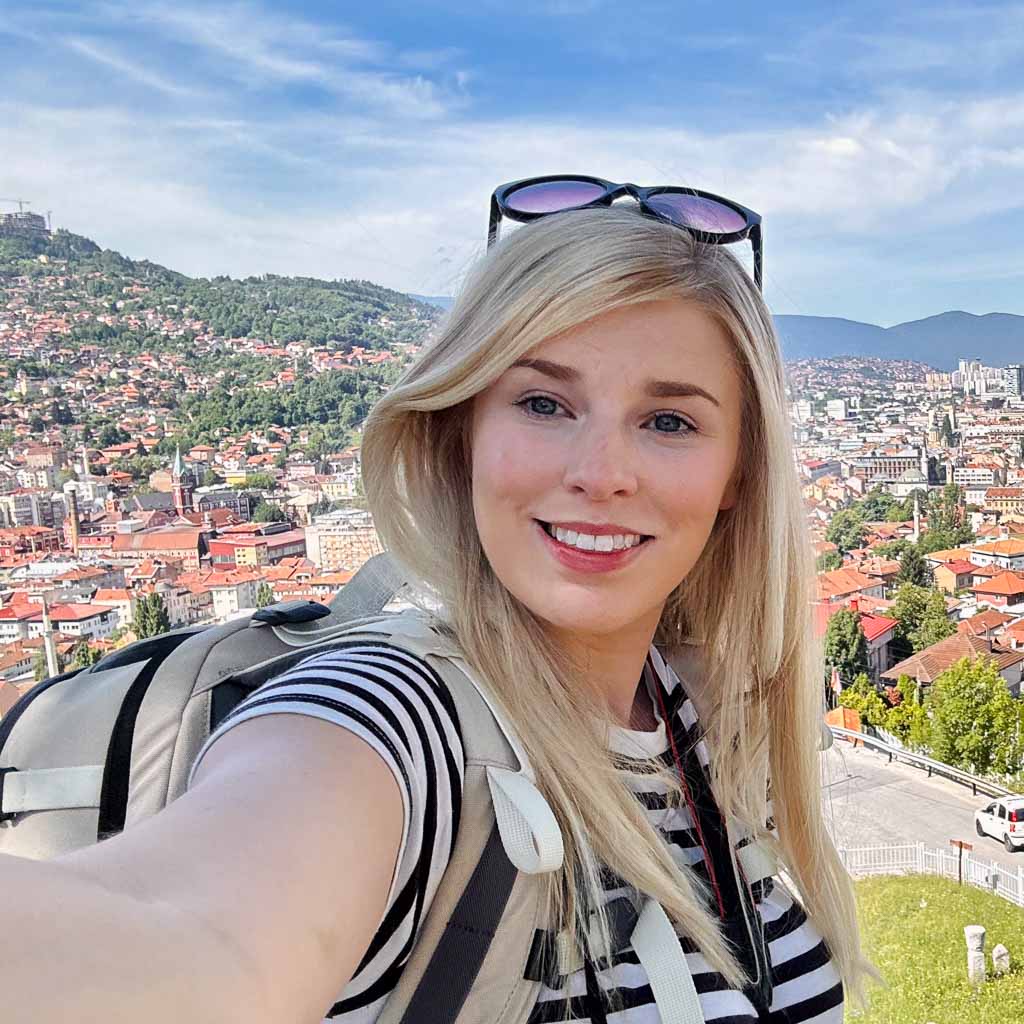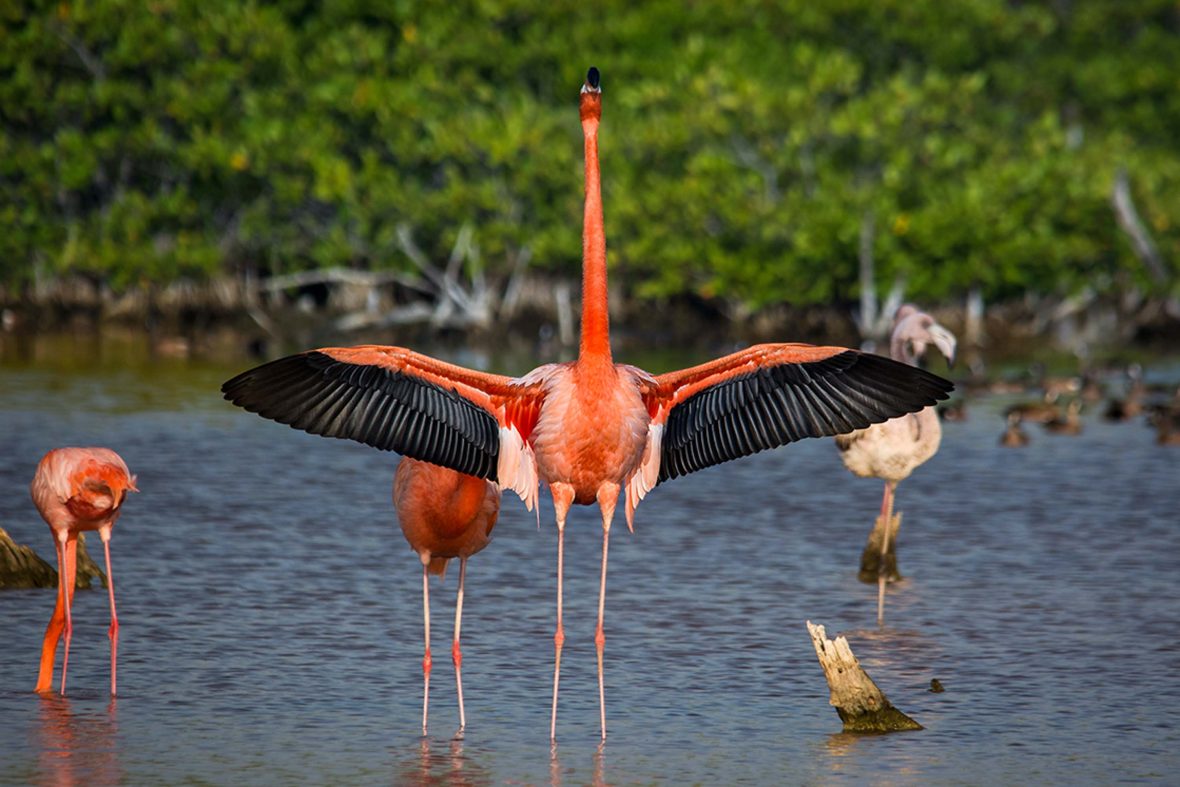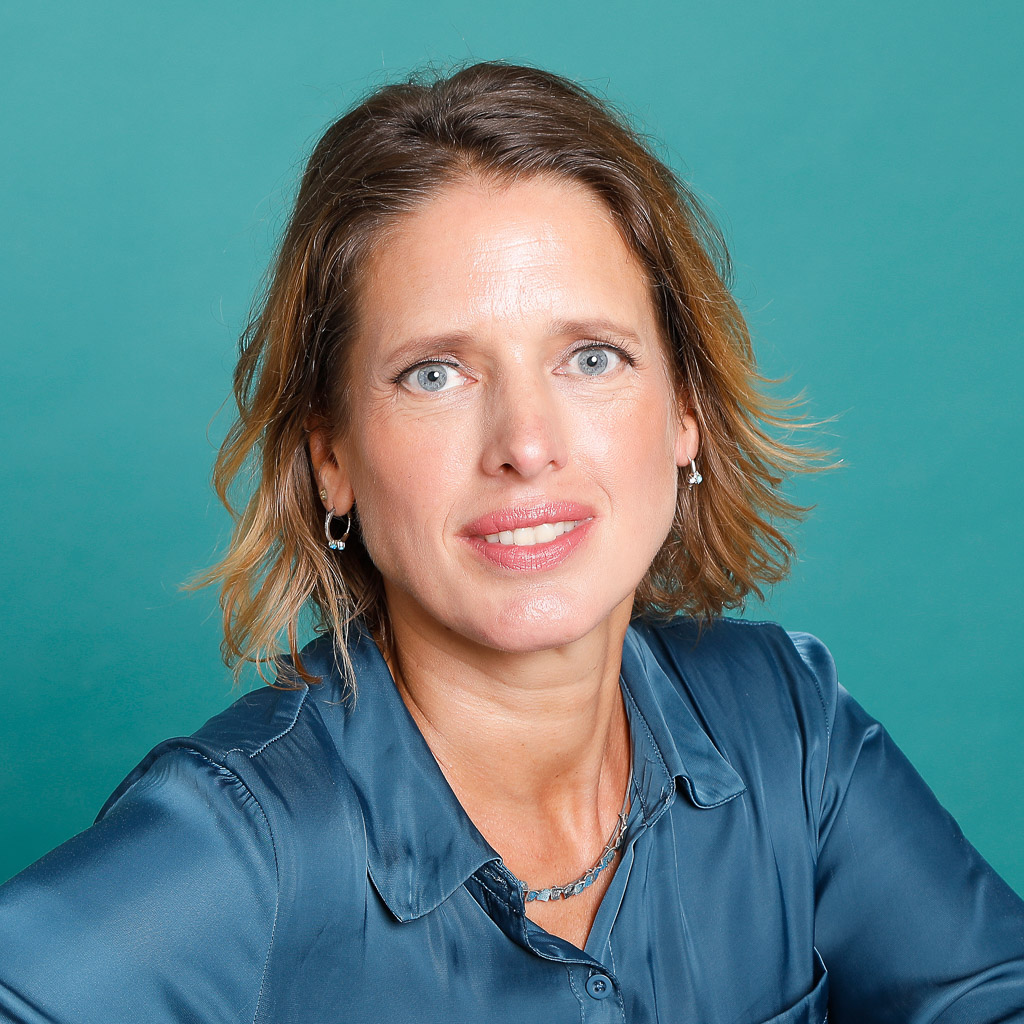
When Laura Sanders stumbled upon Sisal in her search for low-key alternatives to Cancun, what she found was so much more than crowd-free beaches… Behold, a day spent gallivanting in a cenote, forged by a hurricane 40 years ago.


When Laura Sanders stumbled upon Sisal in her search for low-key alternatives to Cancun, what she found was so much more than crowd-free beaches… Behold, a day spent gallivanting in a cenote, forged by a hurricane 40 years ago.
“I will never forget the night of that hurricane,” José Hernández’s eyes well up as the scenes of September 1988 come flooding back. That night, Hurricane Gilbert, the second most devastating cyclone in the Atlantic Basin to date, wreaked havoc. “Before Gilberto, the mangrove used to be land,” Hernández says. “When it started raining, it would fill up but then dry. But because of the hurricane, it will never dry again.”
The mangrove he’s talking about is a little-known enclave where the sea meets a freshwater swamp near Sisal, in the state of Yucatán, Mexico. The hurricane battered the land until it washed away, bringing the sea to meet the mangrove for the foreseeable future. It’s a disaster-borne estuary, now teeming with life. And at the heart of the mangrove is the Ojo de Agua, a cenote, a natural sinkhole.
Legend has it swimming in it will make you 10 years younger. Looking at Hernández, who, three years shy of 70, didn’t break a sweat pushing a canoe full of tourists through there, I figured there must be some truth to it.

From the moment my partner and I pulled up in front of Ziz Ha Tours, an ecotourism cooperative, I knew we were in for a treat. I was delighted by their “office”—a table beneath a canopy on the water’s edge where four men drank coffee, chatting in Mayan. The shambly boats bobbed in the harbor. The stench of yesterday’s catch wafted around. It was a refreshing change from the all-inclusive high rises of Cancún.
José Hernández and Manuel Álvarez aren’t related, but could easily be grandfather and grandson. Álvarez, 25, narrated as we whizzed past beaches the color of sugar granules, where I’d later sip cocktails. Our first wildlife sightings came around 20 minutes later. We were at the intersection of Hurricane Gilberto’s masterpiece, the estuary where turquoise sea water meets muddy wetland and later converges with the clear springwater of the cenote.
Cormorants, great blue herons and white ibis birds watched us from a nearby fallen tree. To my left, pelicans paddled on a sandbar, their gular pouches swollen with their next meal.
Then, “A flamingo!” I exclaimed. A wildlife encounter I’d been waiting for since booking our flights.
Nope. It was a roseate spoonbill (and a blushing British girl). It had piercing red eyes (not yellow like a flamingo), a beak like a spoon (hence the name) and a white neck atop a cotton candy body. Like flamingos, its pink markings come from eating brine shrimp and blue-green algae, both rich in beta-carotene.
We floated just a little closer. “I used to make a living hunting nature, but now I protect it,’ whispered Hernández as we sat and watched them graze.
We transferred to a tottering canoe just outside the mangrove… One sudden move and we’d have been crocodile bait. I was too distracted by the crabs scuttling along the spindly roots beside me to notice the brackish water turn crystal-clear, a sign we’d crossed into an entirely new ecosystem. At first, I thought I’d spotted a couple of war veterans missing pincers, but it turns out the male sex of these crustaceans, called fiddler crabs, are designed like this to attract mates, hunt and fight with.
Time stood still beneath the canopy, the silence only disturbed by the gentle patter of Hernández’s paddle on the water and distant bird songs. Then, a pool drifted into view. We had reached the Ojo de Agua.
I don’t know what I was expecting. A gaping crater? A whirlpool? Treading carefully across the jungle floor so as not to crush any crabs, we followed Hernández around the water’s edge and stopped opposite a red mangrove tree that resembled the tree of souls from Avatar. Beneath it, the water bubbled. “That,” he said, “is the Ojo de Agua.”
Now came the moment of truth. I tentatively lowered myself into the cool springwater, dodging crabs, and swam across the ojo. I can’t say it’s taken 10 years off my face, but I certainly felt rejuvenated.

I didn’t want to mention that I was hungry as we were paddling back through the estuary. Turns out, I didn’t have to. The food Hernández and Álvarez seemingly whipped up out of nowhere on a fishing boat was astounding, and we tucked into a delicious platter of pineapple, dragon fruit, mango, fresh coconuts, tortilla chips and guacamole. And then came the real treasure: Fresh ceviche washed down with a shot of tequila.
I wasn’t ready to leave Ziz Ha when we arrived back at the office, but the afternoon sunlight beckoned us toward downtown Sisal. As we walked down the streets, the yellow walls of the 16th-century Fuerte de Santiago glowed. Crowned by a red-and-white-striped lighthouse, the fortress was built to protect the port from pirates. Just a stone’s throw from the main beach, it’s one of the reasons Sisal is a Pueblo Magico, meaning a ‘magical town,’ a status awarded by the government to towns and cities with extraordinary natural beauty and rich cultural heritage.
Alas, our day in Sisal was over. We drove for one hour back to our base in Mérida, the Yucatán capital. On the rooftop bar of the trendy boutique hotel Diez Diez, a few blocks north of the city’s pastel-painted old quarter, we wasted no time in flicking through my wildlife photographs. Looking out to bustling Mérida, Sisal’s tranquil backwaters seemed a world away now.
***
Adventure.com strives to be a low-emissions publication, and we are working to reduce our carbon emissions where possible. Emissions generated by the movements of our staff and contributors are carbon offset through our parent company, Intrepid. You can visit our sustainability page and read our Contributor Impact Guidelines for more information. While we take our commitment to people and planet seriously, we acknowledge that we still have plenty of work to do, and we welcome all feedback and suggestions from our readers. You can contact us anytime at hello@adventure.com. Please allow up to one week for a response.

Laura is an award-winning journalist, travel writer and broadcaster based in Birmingham, UK, with bylines in Conde Nast Traveller UK, Euronews, Lonely Planet, and Telegraph Travel, among others. In 2021, she launched the True Travel Podcast where she interviews guests about their adventures and presents travel guides from her trips.






Can't find what you're looking for? Try using these tags: